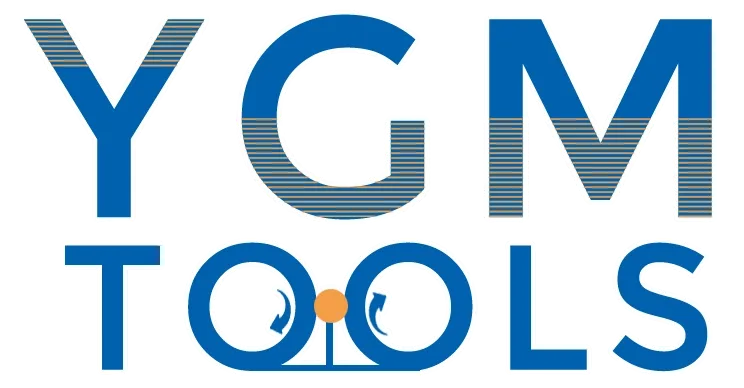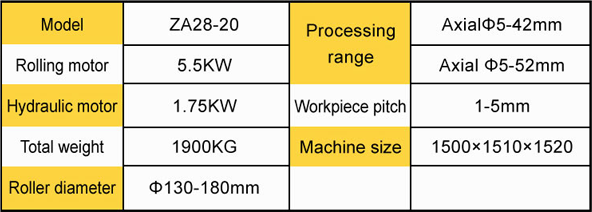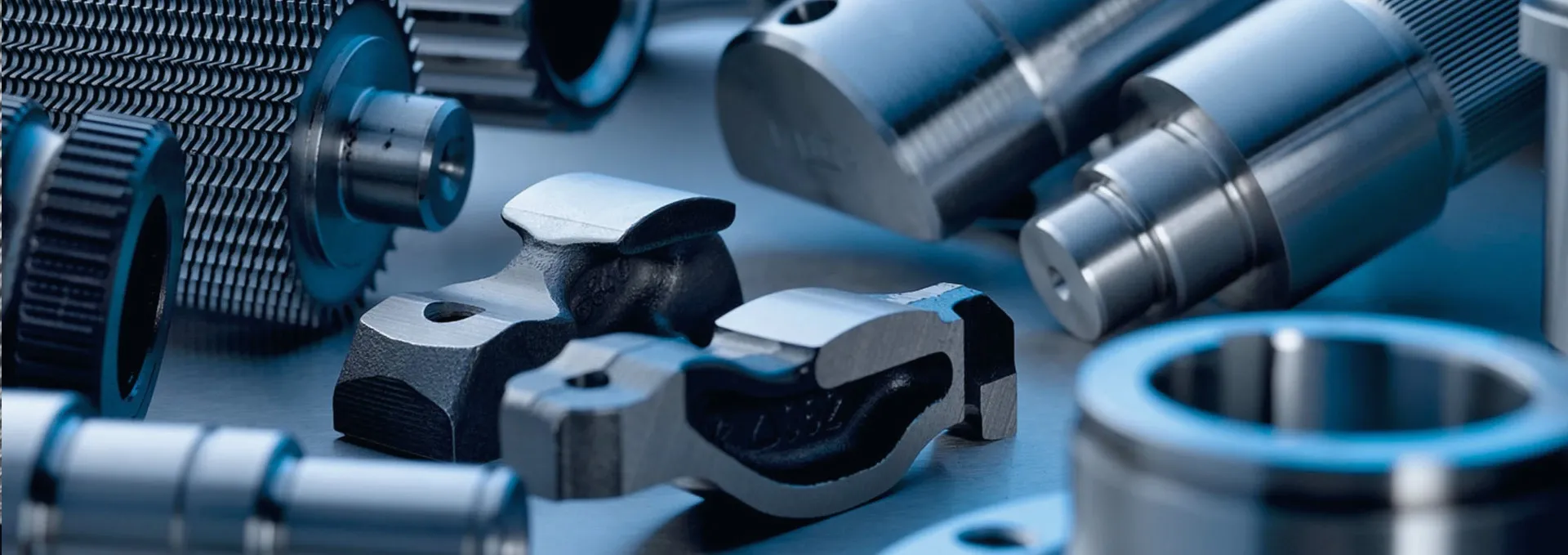
-
 Afrikaans
Afrikaans -
 Albanian
Albanian -
 Amharic
Amharic -
 Arabic
Arabic -
 Armenian
Armenian -
 Azerbaijani
Azerbaijani -
 Basque
Basque -
 Belarusian
Belarusian -
 Bengali
Bengali -
 Bosnian
Bosnian -
 Bulgarian
Bulgarian -
 Catalan
Catalan -
 Cebuano
Cebuano -
 Corsican
Corsican -
 Croatian
Croatian -
 Czech
Czech -
 Danish
Danish -
 Dutch
Dutch -
 English
English -
 Esperanto
Esperanto -
 Estonian
Estonian -
 Finnish
Finnish -
 French
French -
 Frisian
Frisian -
 Galician
Galician -
 Georgian
Georgian -
 German
German -
 Greek
Greek -
 Gujarati
Gujarati -
 Haitian Creole
Haitian Creole -
 hausa
hausa -
 hawaiian
hawaiian -
 Hebrew
Hebrew -
 Hindi
Hindi -
 Miao
Miao -
 Hungarian
Hungarian -
 Icelandic
Icelandic -
 igbo
igbo -
 Indonesian
Indonesian -
 irish
irish -
 Italian
Italian -
 Japanese
Japanese -
 Javanese
Javanese -
 Kannada
Kannada -
 kazakh
kazakh -
 Khmer
Khmer -
 Rwandese
Rwandese -
 Korean
Korean -
 Kurdish
Kurdish -
 Kyrgyz
Kyrgyz -
 Lao
Lao -
 Latin
Latin -
 Latvian
Latvian -
 Lithuanian
Lithuanian -
 Luxembourgish
Luxembourgish -
 Macedonian
Macedonian -
 Malgashi
Malgashi -
 Malay
Malay -
 Malayalam
Malayalam -
 Maltese
Maltese -
 Maori
Maori -
 Marathi
Marathi -
 Mongolian
Mongolian -
 Myanmar
Myanmar -
 Nepali
Nepali -
 Norwegian
Norwegian -
 Norwegian
Norwegian -
 Occitan
Occitan -
 Pashto
Pashto -
 Persian
Persian -
 Polish
Polish -
 Portuguese
Portuguese -
 Punjabi
Punjabi -
 Romanian
Romanian -
 Russian
Russian -
 Samoan
Samoan -
 Scottish Gaelic
Scottish Gaelic -
 Serbian
Serbian -
 Sesotho
Sesotho -
 Shona
Shona -
 Sindhi
Sindhi -
 Sinhala
Sinhala -
 Slovak
Slovak -
 Slovenian
Slovenian -
 Somali
Somali -
 Spanish
Spanish -
 Sundanese
Sundanese -
 Swahili
Swahili -
 Swedish
Swedish -
 Tagalog
Tagalog -
 Tajik
Tajik -
 Tamil
Tamil -
 Tatar
Tatar -
 Telugu
Telugu -
 Thai
Thai -
 Turkish
Turkish -
 Turkmen
Turkmen -
 Ukrainian
Ukrainian -
 Urdu
Urdu -
 Uighur
Uighur -
 Uzbek
Uzbek -
 Vietnamese
Vietnamese -
 Welsh
Welsh -
 Bantu
Bantu -
 Yiddish
Yiddish -
 Yoruba
Yoruba -
 Zulu
Zulu
Overview of OEM Thread Rolling Machine Operation and Applications
Understanding OEM Thread Rolling Machines How They Work
In the realm of manufacturing, precision and efficiency are paramount. One of the key technologies that has significantly contributed to these goals is the OEM (Original Equipment Manufacturer) thread rolling machine. This specialized equipment is designed to create various thread forms on metal and other materials, ensuring that components meet specific requirements with minimal waste.
Thread rolling is a cold forming process, which means it shapes material at room temperature without melting or significant heating. This process is realized through the use of dies that impress predefined shapes onto the workpiece. The OEM thread rolling machine utilizes this principle to transform flat, cylindrical, or hexagonal blanks into accurately threaded parts.
The operation of a thread rolling machine involves placing the workpiece between two rotating dies. These dies are specially designed to form the desired thread profile as they rotate against the material. The primary advantage of this method lies in its ability to create threads that are not only precise but also enhance the material's strength due to the work hardening effect that occurs during the rolling process. In contrast to cutting threads, thread rolling typically results in fewer material defects and generates minimal scrap, making it a cost-effective solution for many industries.
oem thread rolling machine working

OEM thread rolling machines are equipped with advanced features that improve efficiency and accuracy. Many modern machines are automated and can be integrated into larger production systems. This allows for seamless transitions between different stages of manufacturing and enhances productivity. Additionally, adjustable die configurations enable manufacturers to cater to varying thread sizes and types, thus increasing the versatility of these machines.
Regular maintenance of OEM thread rolling machines is essential for consistent performance and longevity. Ensuring that dies remain sharp and well-aligned reduces downtime and preserves the quality of the finished product. Operators must also be trained to detect potential issues early, ensuring the smooth operation of the machine.
One of the most significant applications of thread rolling machines is in the automotive and aerospace industries, where the reliability and quality of threaded components are critical. From bolts and screws to specialized fasteners, thread rolling ensures that manufacturers meet stringent industry standards while optimizing production schedules.
In conclusion, OEM thread rolling machines are vital tools in modern manufacturing, offering precision, strength, and efficiency. Their ability to create high-quality threaded components with minimal waste makes them invaluable in various industries, providing a competitive edge to manufacturers who employ this advanced technology. As industries continue to evolve, the role of thread rolling machines will only become more critical in meeting the demands for high-precision components.
